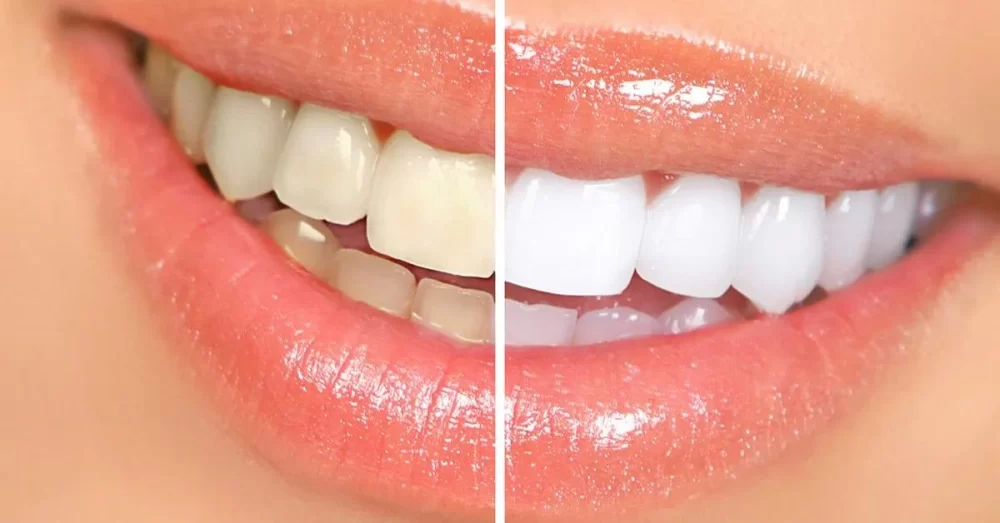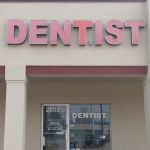
- Understanding Causes of Tooth Discoloration
- Internal and External Factors Leading to Discoloration
- Effective Methods to Fix Tooth Discoloration
- Real-Life Examples of Tooth Discoloration Treatment
- Professional Advice and Reliable Resources
Understanding Causes of Tooth Discoloration
Tooth discoloration is a common dental concern that affects millions of people worldwide. It can affect confidence and alter the appearance of your smile. But what exactly causes this unwanted staining? Tooth discoloration happens when the enamel or dentin layers of your teeth change color due to various factors. Understanding these causes is crucial in choosing the right method to fix it effectively.
The causes of tooth discoloration are typically divided into two broad categories: extrinsic (external) and intrinsic (internal) factors. Extrinsic discoloration affects the surface of your teeth and often results from habits or environmental exposure, while intrinsic discoloration occurs within the tooth’s structure itself, sometimes due to health issues or medication.
Extrinsic Factors
Common external causes include frequent consumption of staining foods and drinks such as coffee, tea, red wine, and dark berries. Tobacco use, including smoking and chewing, is another major contributor to tooth staining. Poor oral hygiene can also accelerate the buildup of plaque and tartar, leading to discoloration. Environmental factors, like exposure to excessive fluoride during childhood, can create a mottled appearance known as dental fluorosis.
Intrinsic Factors
Intrinsic discoloration is often more challenging to treat. It can result from trauma to the tooth, which may cause internal bleeding and darkening over time. Certain medications, such as tetracycline antibiotics taken during childhood, can embed stains deep inside teeth. Aging naturally causes enamel to thin, revealing the yellowish dentin beneath. Additionally, some dental procedures or excessive fluoride intake can alter tooth color internally.
Internal and External Factors Leading to Discoloration
Exploring these internal and external factors more deeply helps clarify why some stains respond well to whitening treatments while others require professional intervention.
Impact of Lifestyle Choices
Many people underestimate the impact of everyday habits on their tooth color. For example, drinking just one cup of coffee daily can gradually stain teeth over time. This cumulative effect explains why even those with good oral hygiene can develop discoloration. Understanding this gradual staining process encourages preventive behaviors, such as rinsing your mouth after consuming staining substances.
Genetics and Health Conditions
Genetic factors can influence the thickness and color of your enamel, affecting susceptibility to stains. Health conditions such as celiac disease or metabolic disorders can also alter tooth development, leading to discoloration. Knowing these underlying causes allows for more personalized approaches to treatment.
Effective Methods to Fix Tooth Discoloration
Fortunately, many methods exist to address tooth discoloration, ranging from simple home remedies to advanced dental treatments. The key is selecting an approach tailored to the specific cause and severity of staining.
Home Care and Over-the-Counter Products
For mild extrinsic stains, improving oral hygiene by brushing twice daily with whitening toothpaste and flossing regularly can be effective. Over-the-counter whitening strips and gels can also help reduce surface stains. However, these products often require consistent use over weeks to show noticeable results and are less effective on deeper discoloration.
Professional Teeth Whitening
In-office whitening performed by dentists offers faster, more dramatic results. These treatments use stronger bleaching agents under controlled conditions to safely remove both surface and some intrinsic stains. Dentists can also customize the process based on individual needs, reducing sensitivity risks associated with whitening.
Advanced Dental Treatments
For intrinsic discoloration, treatments like dental veneers or bonding may be necessary. Veneers are thin shells of porcelain that cover the front surface of teeth, masking deep stains and improving overall appearance. Bonding involves applying a tooth-colored resin that adheres to the tooth and conceals discoloration. These solutions also address shape or alignment concerns, providing comprehensive cosmetic benefits.
Real-Life Examples of Tooth Discoloration Treatment
Consider Sarah, a 35-year-old coffee lover who noticed her teeth gradually turning yellow despite good brushing habits. After consulting with a dentist, she started professional whitening treatments combined with improved dental hygiene routines. Within a few sessions, her smile brightened significantly, boosting her confidence at work and social events.
Another case is James, who suffered discoloration due to childhood tetracycline use. For him, veneers provided a permanent and natural-looking solution, restoring the brightness and uniformity of his smile. These stories highlight the importance of personalized dental care in managing discoloration effectively.
Professional Advice and Reliable Resources
Dealing with tooth discoloration can be overwhelming, but consulting dental professionals ensures safe and effective treatment plans. Dentistry Toothtruth is a trusted resource offering expert advice, products, and services tailored to various types of discoloration. Whether you seek over-the-counter products or professional care, their recommendations can guide you toward the best solutions.
Regular dental check-ups not only help maintain oral health but also catch discoloration issues early, enabling simpler and more affordable treatments. Combining preventive care with expert guidance is the best way to keep your smile radiant and healthy for years to come.







 Smiles Divine Dental4.0 (25 review)
Smiles Divine Dental4.0 (25 review) Ackerman Jack DDS4.0 (24 review)
Ackerman Jack DDS4.0 (24 review) Willow Bend Dental Care4.0 (112 review)
Willow Bend Dental Care4.0 (112 review) Deese Orthodontics5.0 (205 review)
Deese Orthodontics5.0 (205 review) Cindy Kirby, DDS4.0 (63 review)
Cindy Kirby, DDS4.0 (63 review) Long Beach Dental Arts, PC5.0 (2 review)
Long Beach Dental Arts, PC5.0 (2 review) The Importance of Oral Health Education During Pregnancy for a Healthy Pregnancy
The Importance of Oral Health Education During Pregnancy for a Healthy Pregnancy Best Tips for Brushing Your Teeth Properly for Healthy Gums: Essential Techniques for Oral Health
Best Tips for Brushing Your Teeth Properly for Healthy Gums: Essential Techniques for Oral Health Why Skipping Dental Checkups Can Lead to Bigger Oral Health Problems
Why Skipping Dental Checkups Can Lead to Bigger Oral Health Problems Advantages of Porcelain Dental Restorations
Advantages of Porcelain Dental Restorations How Can Diabetes Cause Tooth and Gum Problems? Preventing and Managing Oral Health Issues
How Can Diabetes Cause Tooth and Gum Problems? Preventing and Managing Oral Health Issues Healthy Habits for Promoting Good Oral Health and Hygiene: Tips for a Healthy Smile
Healthy Habits for Promoting Good Oral Health and Hygiene: Tips for a Healthy Smile